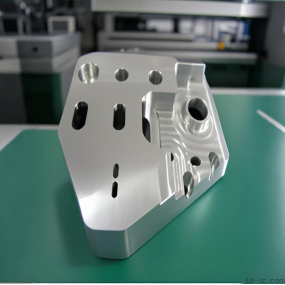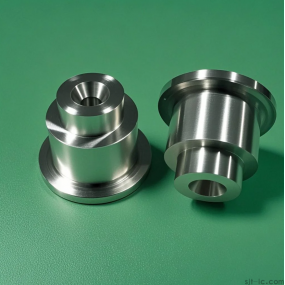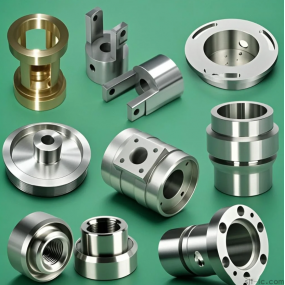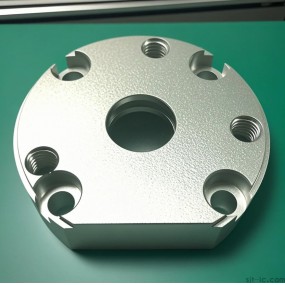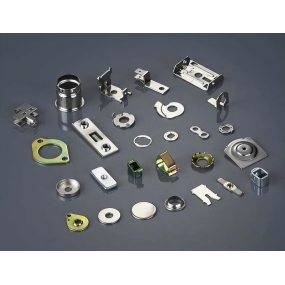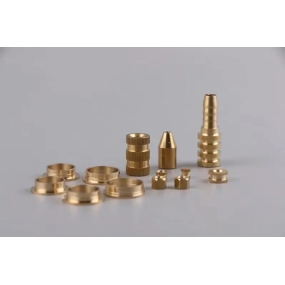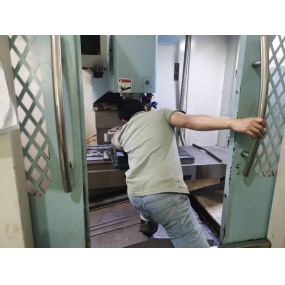As a professional CNC Machining service provider, EMAR specializes in delivering high-precision components for industries ranging from aerospace to medical devices. One of the most common questions we encounter is: What level of precision can CNC 3-axis machining achieve? This article will explore the factors influencing accuracy, industry standards, and how EMAR ensures exceptional results for your projects.
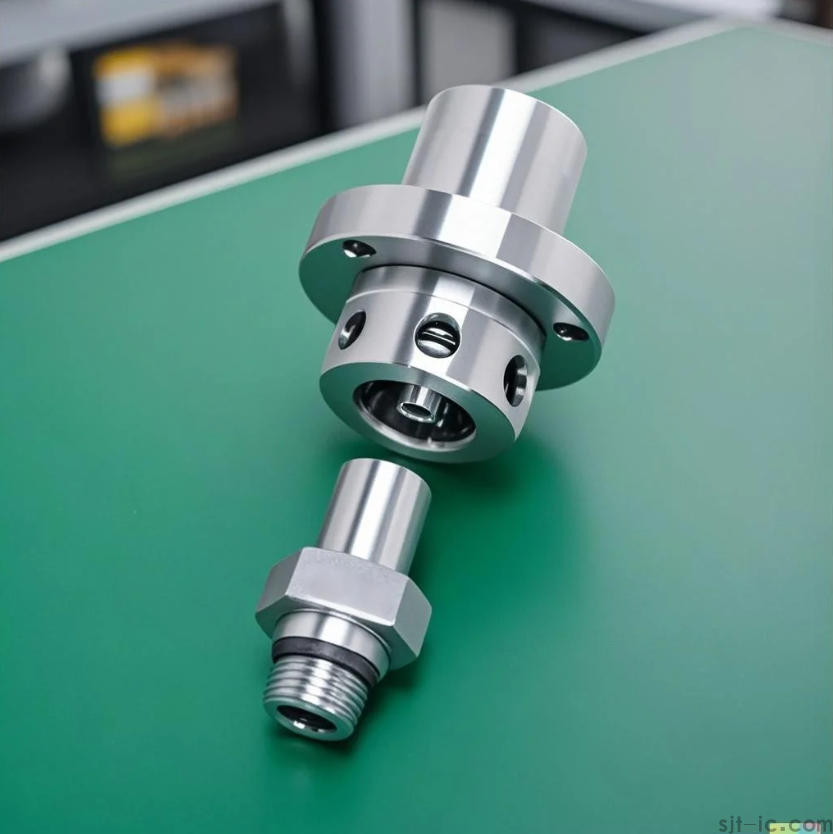
Understanding CNC 3-Axis Machining Precision
Standard CNC 3-axis machining typically achieves tolerances between ±.005" (±.127mm) to ±.0005" (±.0127mm), with some high-end machines capable of even tighter tolerances. The actual precision depends on multiple factors including machine calibration, tooling quality, material characteristics, and operator expertise.
Key Factors Affecting Precision
1. Machine Quality: Our state-of-the-art CNC mills maintain rigorous calibration standards
2. Tooling: We use premium carbide end mills with advanced coatings
3. Material Stability: Thermal expansion coefficients are carefully considered
4. Fixturing: Custom workholding solutions minimize vibration
5. Process Control: In-process measurement and compensation techniques
EMAR's Precision Capabilities
At EMAR, our 3-axis CNC machining centers consistently maintain ±.001" (±.025mm) tolerances for production runs, with prototyping capabilities reaching ±.0002" (±.005mm) when required. We implement rigorous quality control measures including:
- CMM (Coordinate Measuring Machine) verification
- Surface finish analysis down to 8Ra µin
- Statistical process control monitoring
Applications of High-Precision 3-Axis Machining
Our precision machining services support critical applications in:
- Medical device components
- Aerospace fittings and brackets
- Optical mounting systems
- Automotive fuel injection parts
- Semiconductor tooling
For projects demanding ultra-tight tolerances beyond standard 3-axis capabilities, EMAR offers advanced 4-axis and 5-axis CNC machining solutions with enhanced positioning accuracy.


 Spanish
Spanish Arabic
Arabic French
French Portuguese
Portuguese Belarusian
Belarusian Japanese
Japanese Russian
Russian Malay
Malay Icelandic
Icelandic Bulgarian
Bulgarian Azerbaijani
Azerbaijani Estonian
Estonian Irish
Irish Polish
Polish Persian
Persian Boolean
Boolean Danish
Danish German
German Filipino
Filipino Finnish
Finnish Korean
Korean Dutch
Dutch Galician
Galician Catalan
Catalan Czech
Czech Croatian
Croatian Latin
Latin Latvian
Latvian Romanian
Romanian Maltese
Maltese Macedonian
Macedonian Norwegian
Norwegian Swedish
Swedish Serbian
Serbian Slovak
Slovak Slovenian
Slovenian Swahili
Swahili Thai
Thai Turkish
Turkish Welsh
Welsh Urdu
Urdu Ukrainian
Ukrainian Greek
Greek Hungarian
Hungarian Italian
Italian Yiddish
Yiddish Indonesian
Indonesian Vietnamese
Vietnamese Haitian Creole
Haitian Creole Spanish Basque
Spanish Basque

